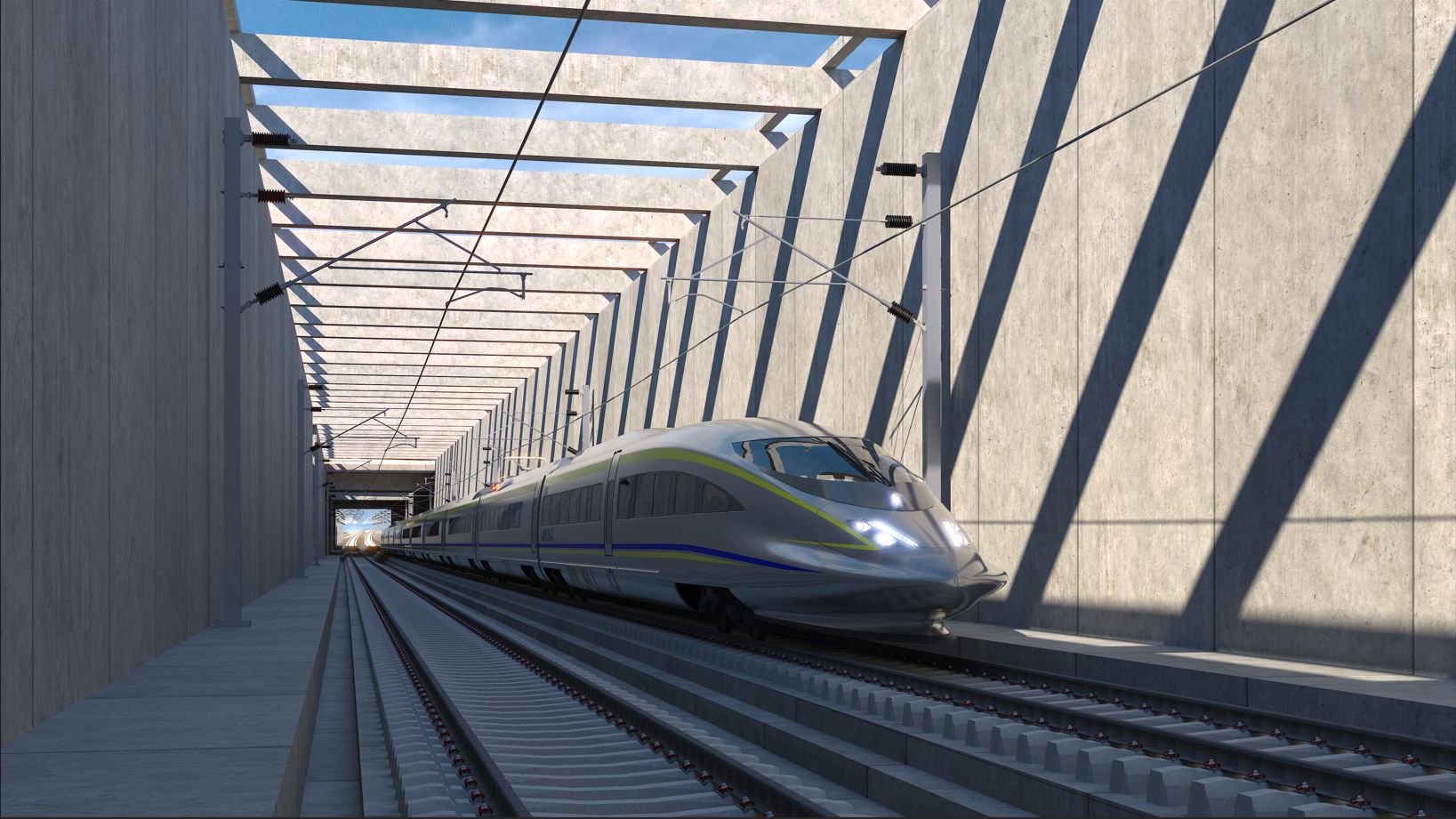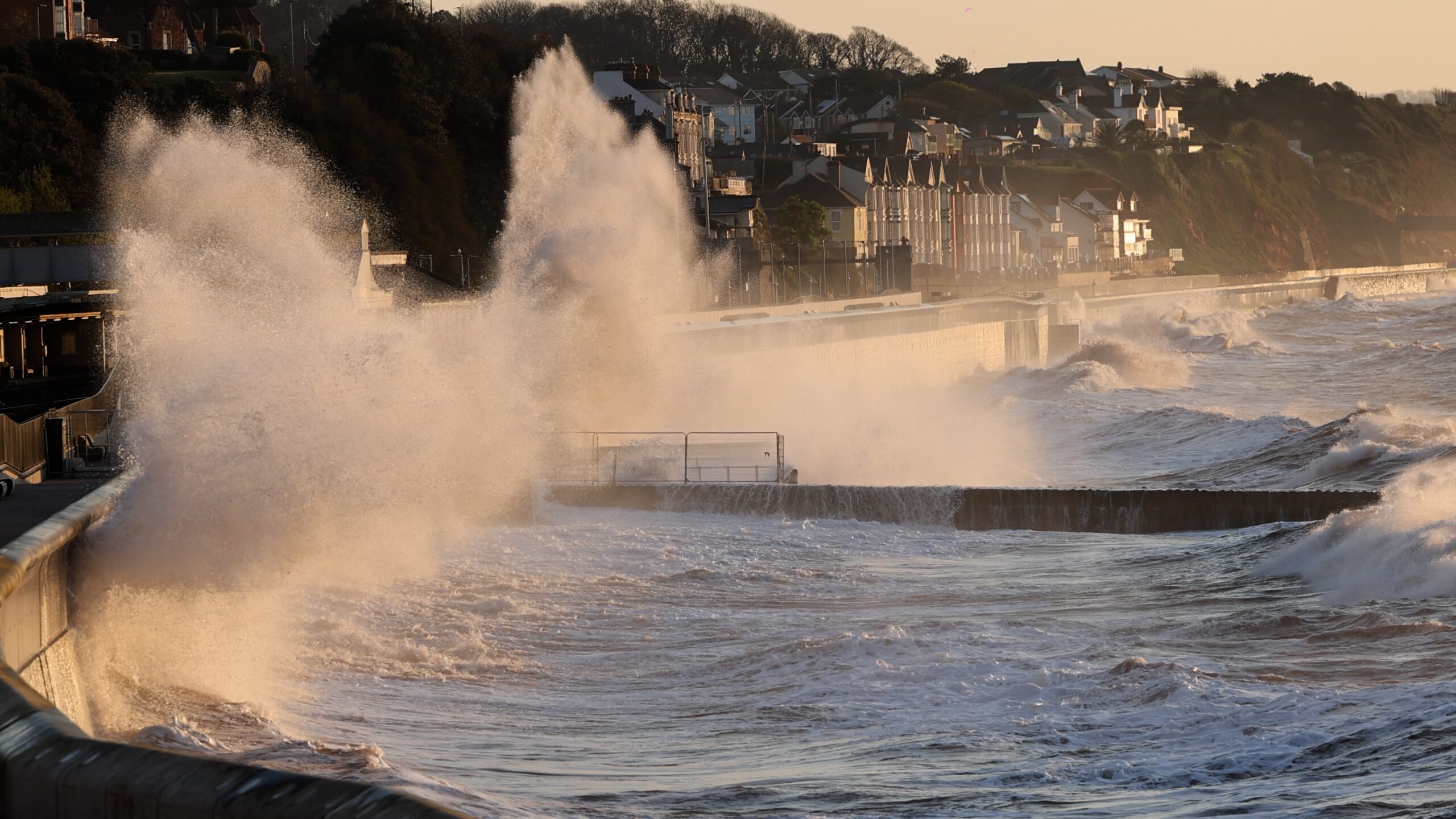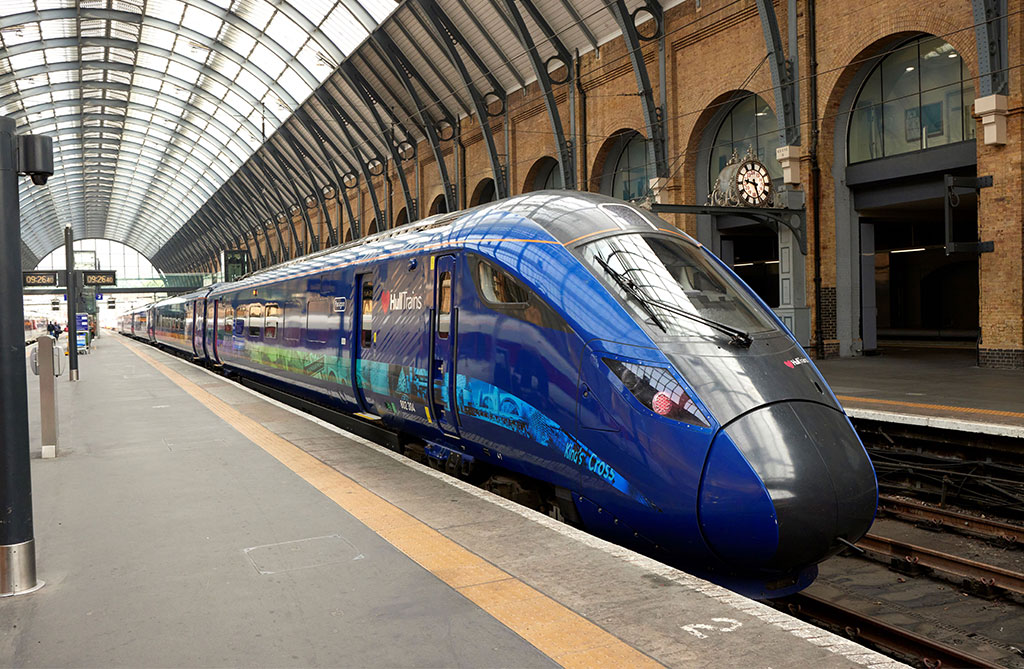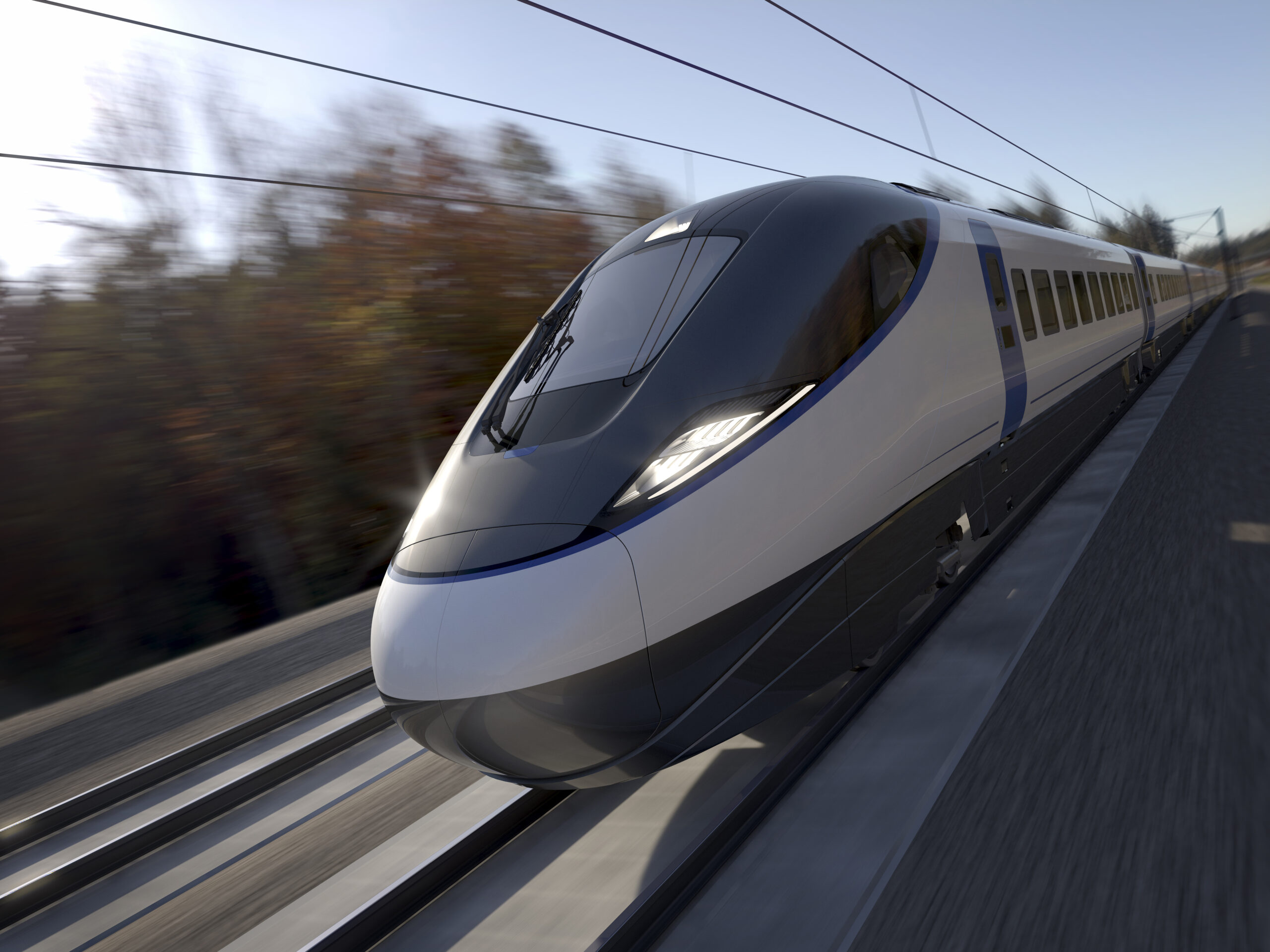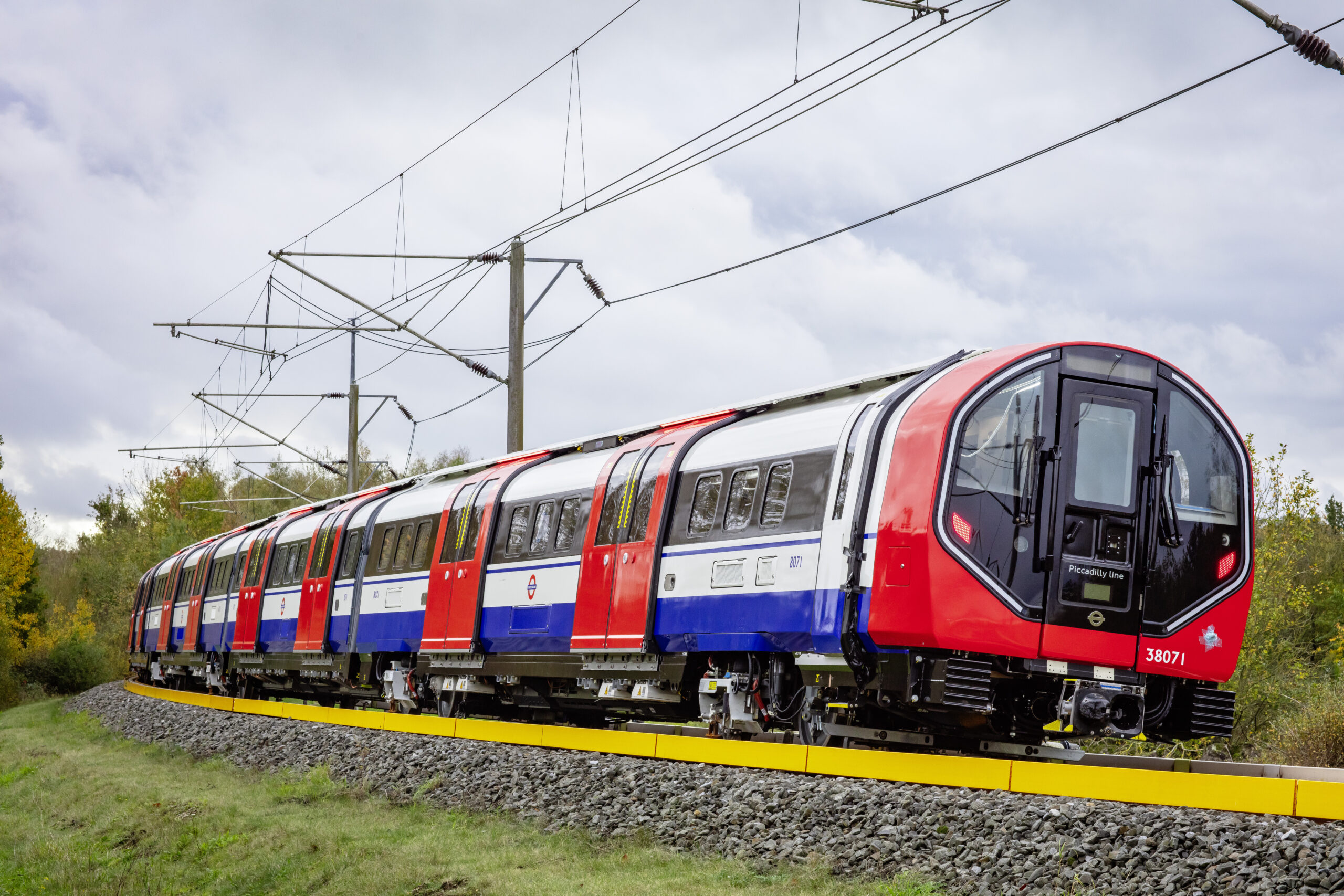At the end of 2023, Rail Live! took place in Madrid, Spain. The event focused on key themes in the industry such as safety and decarbonisation. In addition, it recognised critical challenges faced by operators and infrastructure managers in the face of climate change and highlighted the need for long-term sustainability through climate adaptation.
With this focus in mind, Lisa Constable, Weather Resilience and Climate Change Adaptation Strategy Manager at Network Rail stressed the importance of considering extreme weather in both near and long-term plans. Although legislation is currently prompting efforts to be directed towards electrification and decarbonisation, Constable argued that it was futile to look at electrifying a line that was, for example, at risk of falling into the sea.
What’s more, Constable also noted that currently, a significant amount of funding is spent on being reactive to damage, rather than proactively preventing the destruction from occurring. Consequently, Network Rail is in the process of developing 100-year future plans. This is arguably a required consideration for long-term sustainability due to the age of the UK’s 200-year-old railway and the increased pressure it is facing from extreme weather and climate change.
Lisa Constable, Weather Resilience and Climate Change Adaptation Strategy Manager at Network Rail said:With decarbonisation being included in the legislation, there is a very significant focus on that, because we need to reduce emissions and thus reduce the scale of climate change. But with all of our efforts on sustainability without looking at how we are managing the impacts of extreme weather, we're not going to be able to achieve any of our targets. We spend hundreds of millions of euros every year on responding to the impact of weather, but we're very, very reactive and there needs to be a shift towards being much more proactive and doing much more long-term planning, looking at how we might need to transform the way we run the railway.
As a notable example in the UK, the Exeter-Plymouth line that connects the South West to the rest of the country runs along the coastline in Dawlish. This has typically caused significant infrastructure damage and service disruption during stormy weather. For example, in 2014, a series of storms and rough sea conditions resulted in an eight-week closure of the line and required 35 million GBP in repair works.
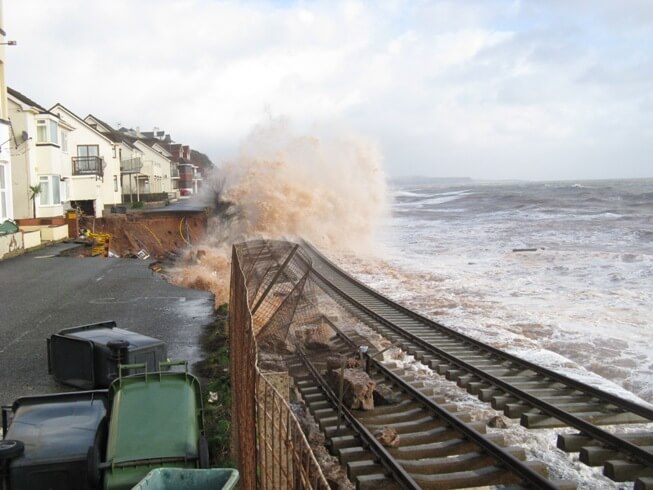
To prevent these disastrous events from reoccurring, Network Rail launched an 80 million GBP project to build a more resilient sea wall. Following its completion in 2023, the wall recently withstood 5-metre high-tide waves, wind speeds of over 80mph and driving rain during Storm Ciarán, which arguably mirrored the conditions faced in 2014. However, in contrast to 2014, the new wall effectively deflected large waves back to the sea, preventing damage to the railway line. This ongoing success therefore demonstrates the effectiveness of investing in resilient infrastructure and preventative measures.
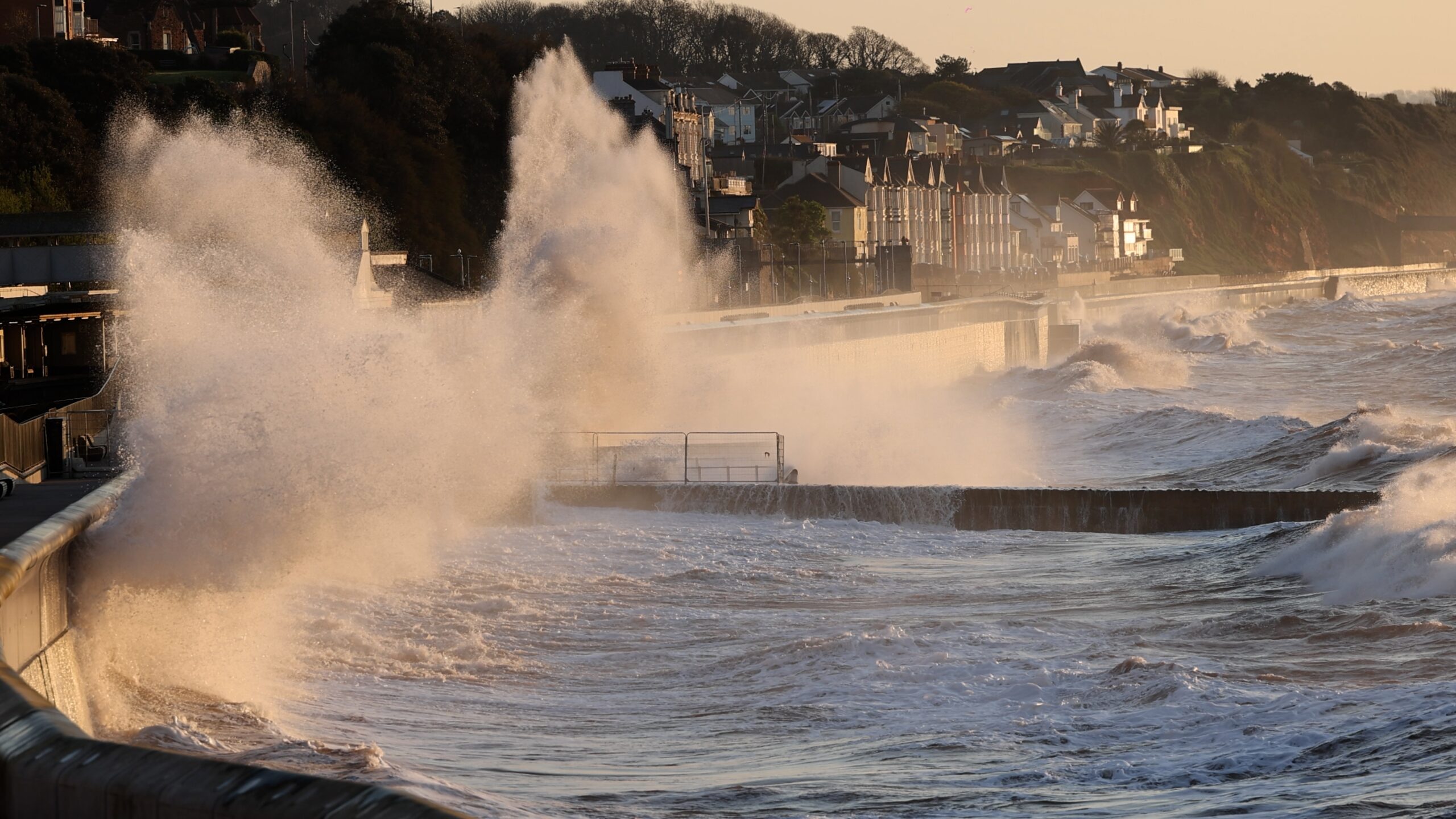
Elsewhere in Europe, Spain’s oldest railway also runs along the coast in Barcelona and thus likewise suffers from the negative effects of coastal erosion and rising sea levels. In January 2020, storm Gloria caused notable damage to the line, bringing it into the water.
At Rail Live!, Adrian Fernandez, Director Gerente of Fundacion De Los Ferrocarriles Espanoles (Foundation of Spanish Railways) therefore advocated for the need for better coastal defences in the short term and the potential to design new tracks further inland for a more sustainable and resilient long-term solution.
What’s more, Fernandez spoke of the effects of other weather-related disasters on the nation’s railway in recent years. This included a heatwave with temperatures of 47.4°C in August 2021, leading to a freight train derailment; wildfires in August 2022; a blizzard in January 2021; and most recently, severe flooding in September 2023.
These events emphasise that the impact of extreme weather is a current issue, rather than simply a future one. As railways are essential for sustainable travel, Fernandez thus argued that it was paramount for the industry to work at ensuring it was resilient now.

In response to this need, Susana Linares and Cristina Oter from Ineco spoke about the importance of conducting flooding studies around railway lines in Spain. By collecting and analysing data on potential flooding risks, Ineco aims to help effectively manage future issues and determine the potential impact of droughted land and increased precipitation on Spain’s high-speed rail network. For example, the company is producing 3D terrain maps for future projects and is rating the risks for current lines so that design criteria can be updated and necessary infrastructure can be implemented. This includes the installation of additional drainage and barriers where required.
As a result, alongside emphasising the need to protect railways from extreme weather and climate change, Rail Live! presented some of the current initiatives underway to tackle this issue. However, with extreme climate events set to continue becoming more frequent and more intense moving forward, it is evident that additional work and focus needs to be dedicated to climate resiliency in the industry.





















